Rare Rides: A Panhard 24 From 1964 - Parental Problems

Rare Rides is partial to the unique motoring opportunities offered by French manufacturers. Among many Citroëns featured here, recently a Talbot-Lago coupe wowed the eyes with its style and price. Today we’ll take a look at another French coupe that’s a bit more affordable.
It’s an unrestored Panhard 24 from 1964.
In 1887, Panhard was established as one of the earliest auto manufacturers by René Panhard and Émile Levassor. The company built its first car in 1890, utilizing a licensed version of Daimler’s engine. Panhard produced a number of vehicles of luxurious intent, and between 1913 and 1920 their upscale 18CV and 20CV models had the distinction of serving as the presidential cars of France.
After World War II, Panhard introduced all-new models boasting modern, minimal designs. Citroën became intertwined with Panhard in 1955, when it purchased a 25 percent share in its competition. At the time, Citroën needed the manufacturing capacity Panhard had available, and Panhard needed more dealers to shift its cars.
While sales of Panhard models increased, Citroën gained ever more control over the brand and soon ended up instructing the brass at Panhard in which cars they developed. Panhard needed to replace its aged PL 17 sedan by the early Sixties, but Citroën’s president had other ideas. He felt that such a new Panhard would encroach on the lucrative family car market in which Citroen already had plenty to offer. He told Panhard they could replace their family sedan with a coupe.
Though Panhard engineers wanted to use a four-cylinder in their new lightweight coupe (1,850 pounds), they were again blocked from any prestige by Citroën. “Use your two-cylinder,” they said. And so it was, that Panhard utilized only an air-cooled two-cylinder boxer of their own design. The engine was available in two different tunes, making either 42 or 50 horsepower. All examples used a four-speed manual transmission.
The resulting coupe would turn out to be the company’s ultimate model. 24 was introduced in 1964, wearing its very sleek styling on a tubular steel chassis. Available only in two-door guise, Panhard offered the 24 in a shorter coupe or a sedan that featured 11 inches of additional overall length. The longer version was decidedly the more practical of the two — it offered 9.8 inches more legroom for rear seat passengers than the coupe. The boxer engine and its size meant designers could lower the hood line further than in other engine configurations.
Panhard focused on providing a nice interior in its affordable coupe. Seats were rake and height adjustable, as was the steering wheel. And in a very important motoring moment, seat belts were optional.
Constrained by its Citroën overlords, all of Panhard’s other models were cancelled by 1965 and the 24 soldiered on alone through 1967. After ’67, Panhard turned its attention to military vehicles, and would continue to do so until it merged with Auverland in 2005, and with Renault Trucks Defense in 2012.
Today’s Rare Ride is in original, unrestored condition in Bordeaux, France. With unstated mileage in rough running condition, it asks $5,400.
[Images: seller]

Interested in lots of cars and their various historical contexts. Started writing articles for TTAC in late 2016, when my first posts were QOTDs. From there I started a few new series like Rare Rides, Buy/Drive/Burn, Abandoned History, and most recently Rare Rides Icons. Operating from a home base in Cincinnati, Ohio, a relative auto journalist dead zone. Many of my articles are prompted by something I'll see on social media that sparks my interest and causes me to research. Finding articles and information from the early days of the internet and beyond that covers the little details lost to time: trim packages, color and wheel choices, interior fabrics. Beyond those, I'm fascinated by automotive industry experiments, both failures and successes. Lately I've taken an interest in AI, and generating "what if" type images for car models long dead. Reincarnating a modern Toyota Paseo, Lincoln Mark IX, or Isuzu Trooper through a text prompt is fun. Fun to post them on Twitter too, and watch people overreact. To that end, the social media I use most is Twitter, @CoreyLewis86. I also contribute pieces for Forbes Wheels and Forbes Home.
More by Corey Lewis
Latest Car Reviews
Read moreLatest Product Reviews
Read moreRecent Comments
- Mebgardner I test drove a 2023 2.5 Rav4 last year. I passed on it because it was a very noisy interior, and handled poorly on uneven pavement (filled potholes), which Tucson has many. Very little acoustic padding mean you talk loudly above 55 mph. The forums were also talking about how the roof leaks from not properly sealed roof rack holes, and door windows leaking into the lower door interior. I did not stick around to find out if all that was true. No talk about engine troubles though, this is new info to me.
- Dave Holzman '08 Civic (stick) that I bought used 1/31/12 with 35k on the clock. Now at 159k.It runs as nicely as it did when I bought it. I love the feel of the car. The most expensive replacement was the AC compressor, I think, but something to do with the AC that went at 80k and cost $1300 to replace. It's had more stuff replaced than I expected, but not enough to make me want to ditch a car that I truly enjoy driving.
- ToolGuy Let's review: I am a poor unsuccessful loser. Any car company which introduced an EV which I could afford would earn my contempt. Of course I would buy it, but I wouldn't respect them. 😉
- ToolGuy Correct answer is the one that isn't a Honda.
- 1995 SC Man it isn't even the weekend yet


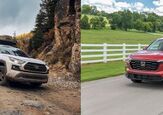



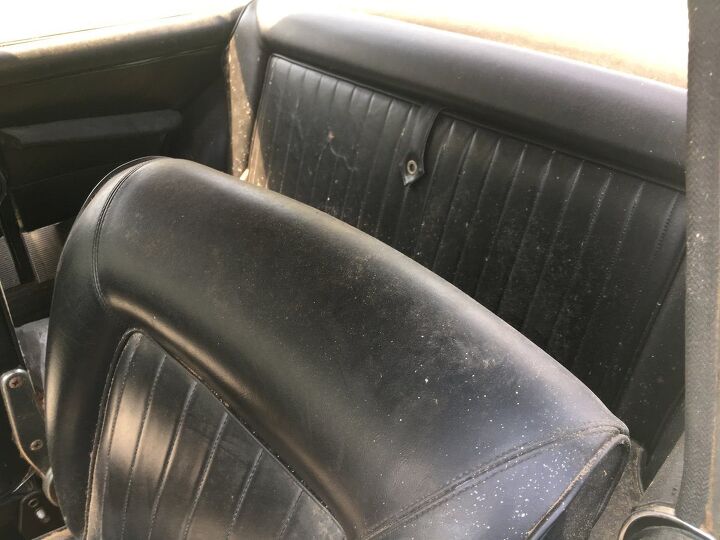













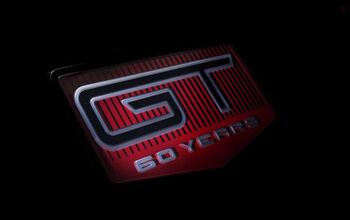

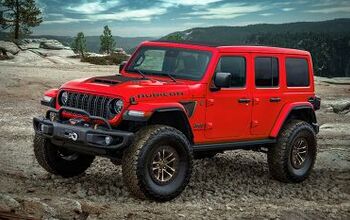
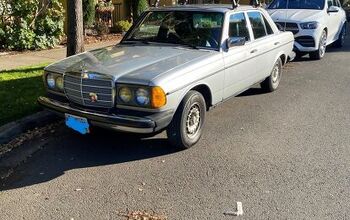




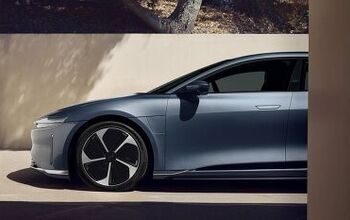
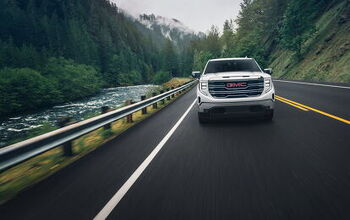
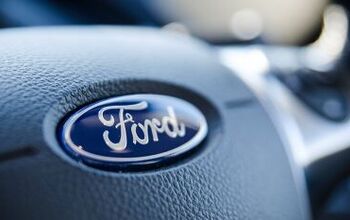


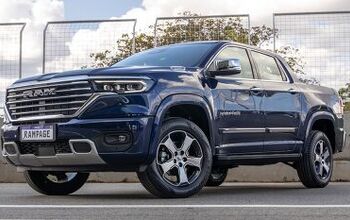
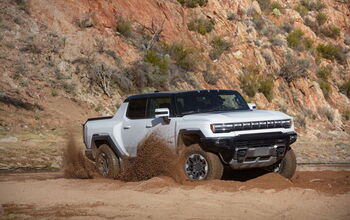

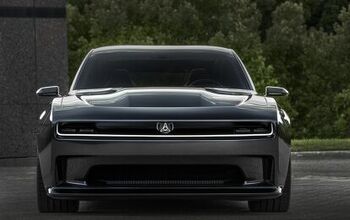
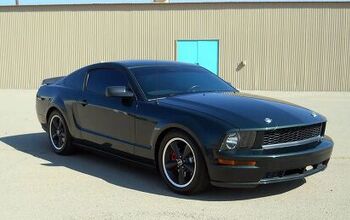
Comments
Join the conversation
I'm assuming it has a Panhard bar?
Looks to be in very good overall shape . I'd resurrect it and address any serious rust issues then drive it as is, they way it was made to be . -Nate